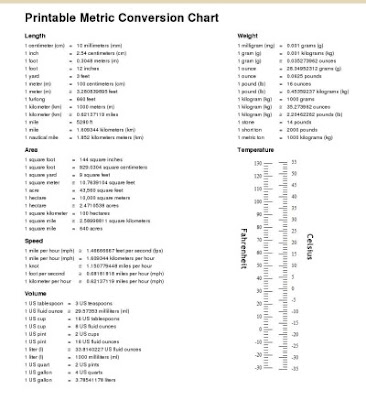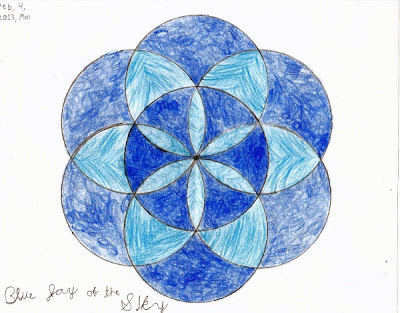Adding 2-digit numbers - followup
So today I experimented, and gave my daughter a problem 15 + 25 for starters, to see what she'd do.
1 5
+ 2 5

3 10
She promptly wrote down 3 and 10. Then she looked at the numbers, kind of wondering, saying "It's ten three." I asked her how would we say the number, pointing with my finger and making a sweeping motion from 3 towards 10, and then she said, "Thirty-ten."
I said yes, it's thirty-ten, but we say it differently normally. Then I asked her to find it out using abacus. She easily found it was 40. Then we erased her numbers and wrote in 40.
She did two more similar problems on her own, first adding tens, then ones (as her custom seems to be), and then erasing the numbers and changing them to the right result. She seemed very happy for being able to understand the gimmick.
So we did all that without discussing 'carrying' or putting little number 1 up on top, or anything.
I figure next time I'll try a problem where the ones add up to 11 or 12.
1 5
+ 2 5
3 10
She promptly wrote down 3 and 10. Then she looked at the numbers, kind of wondering, saying "It's ten three." I asked her how would we say the number, pointing with my finger and making a sweeping motion from 3 towards 10, and then she said, "Thirty-ten."
I said yes, it's thirty-ten, but we say it differently normally. Then I asked her to find it out using abacus. She easily found it was 40. Then we erased her numbers and wrote in 40.
She did two more similar problems on her own, first adding tens, then ones (as her custom seems to be), and then erasing the numbers and changing them to the right result. She seemed very happy for being able to understand the gimmick.
So we did all that without discussing 'carrying' or putting little number 1 up on top, or anything.
I figure next time I'll try a problem where the ones add up to 11 or 12.


Comments
This isn't anything new, of course. But i didn't see any resources for free that really captured the spirit of what i wanted. My son is brilliant, but has a very short attention span. I needed lessons that teach exactly one new idea. I needed to be able to teach that idea in the five second windows available. Once he has the new idea, he gets exercises for a week before the next one comes.
I've started writing this up on my blog. The
first lesson starts with counting. I have six parts up, with a couple more written, making it through adding single digits. I do not intend go past Partial Differential Equations with Boundary Value Problems. Rocket Science was good enough for me, it should be good enough for anyone.
I've hardly thought about subtraction. When i was going to start it, my son had an open five second window, and derived the whole thing in his head. I moved on.
I welcome comments.